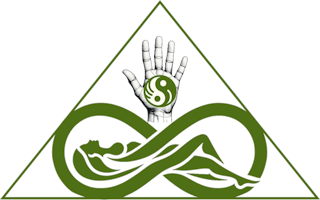A noticeable segregation between allopathic and alternative health corresponds with the development of Homeopathy and is prior to the general acceptance (1885) of germ theory. The founder of Homeopathy, Dr Samuel Hahnemann (1755-1843), invented the word allopathic (allos ‘opposite’, pathos ‘suffering) to describe medical treatments of the day. Hahnemann was dismayed by the medical treatments he observed, such as the use of highly toxic drugs, bleeding and purging, that he withdrew from practicing medicine.
Hahnemann later returned to medicine through his research and developed Homeopathy. Many of his medical colleagues observed the outcomes he achieved with his holistic approach. Some were so impressed that they switched to using homeopathic treatments creating a divide of medical viewpoint. The separation of viewpoint in the allopathic and alternative approach to health and disease continues to this day.
An allopathic view considers the body to function like a machine reducing it to its individual components. The prevention of illness and treatment of disease is achieved by targeting individual components (generally suppressing symptoms) using items such as biomedical drugs or surgery. The allopathic approach often requires a specialisation in a particular area e.g. Rheumatology, Gastroenterology.
An alternative view considers the body as a whole influenced by vital force such as Prana in Ayurveda (Indian medicine), or Qi in Chinese Traditional Medicine (TCM). Vital force is a force considered to be independent of the chemical and physical forces observed in the body. The prevention of illness and treatment of disease is holistic and linked to the correct flow of vital force to the body.
Medical philosophers have pondered the nature of health and disease for centuries. Long before Hahnemann, Hippocrates (c. 460-377 B.C.) also found the medical approaches of his time confronting and disagreeable. He set out to change what was then being taught by the Cnidian School of Medicine. If Hippocrates was alive today he may have similar thoughts on some of the practices in today’s biomedical approach.
